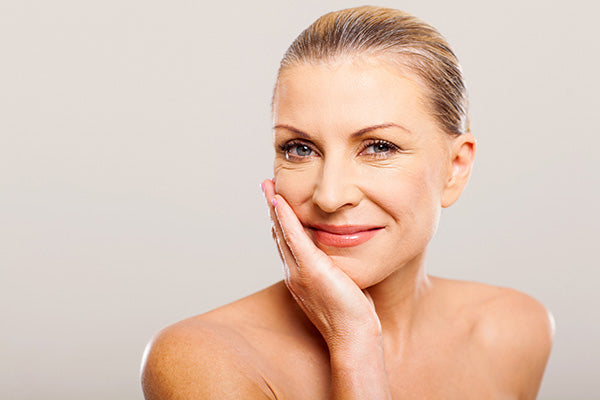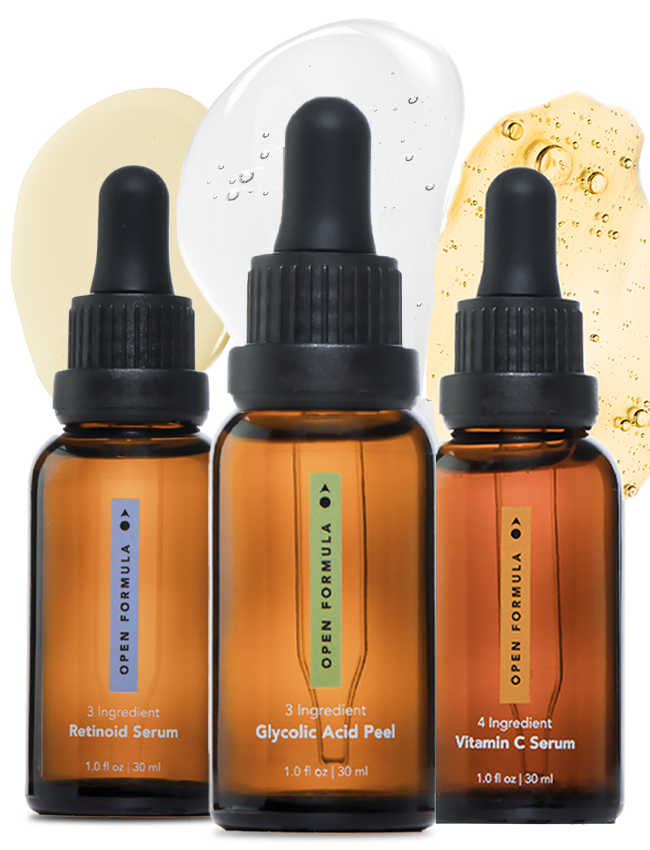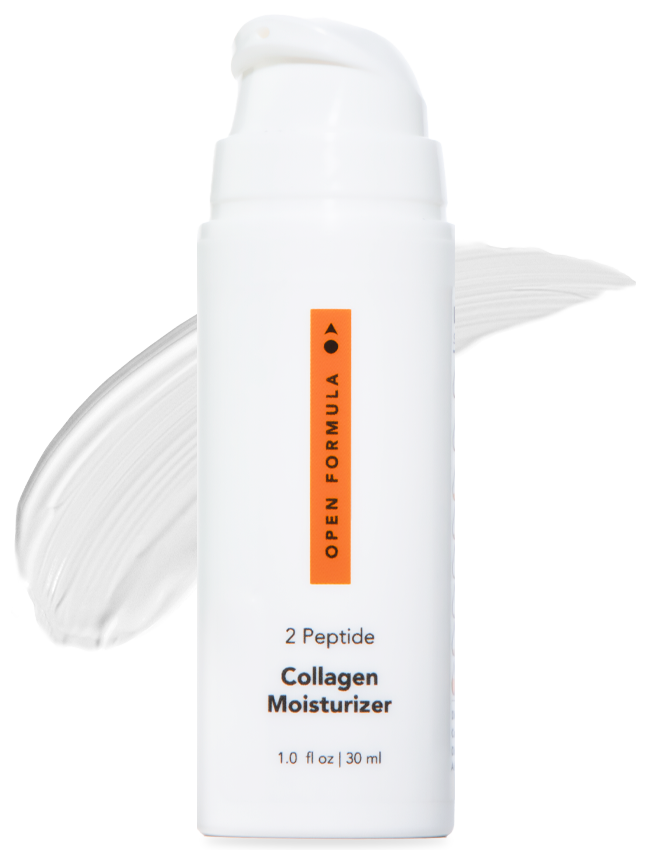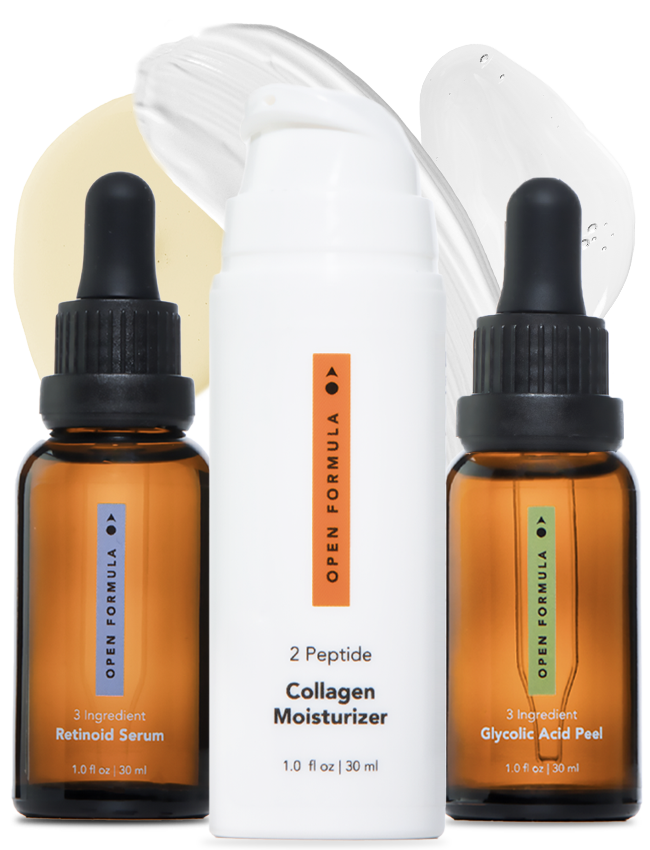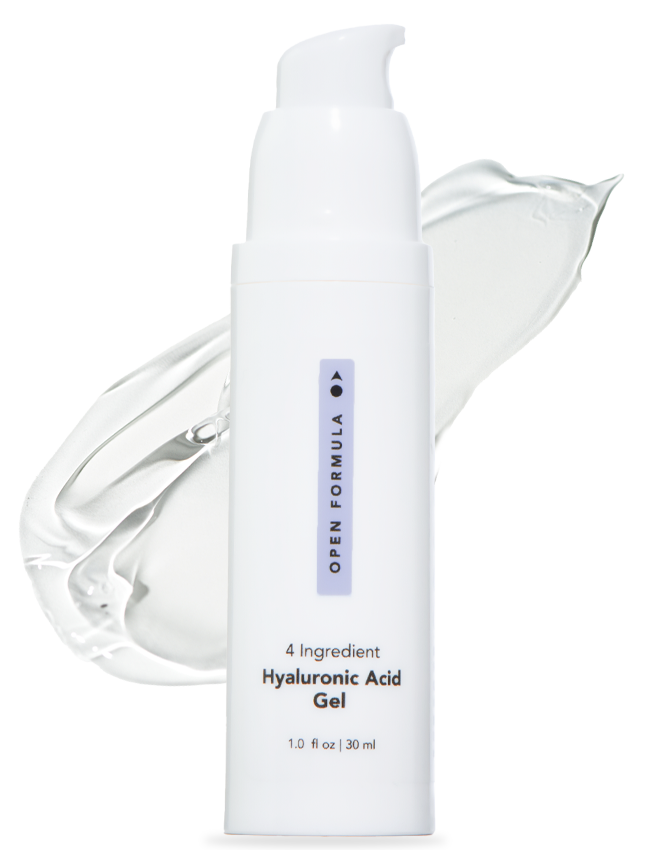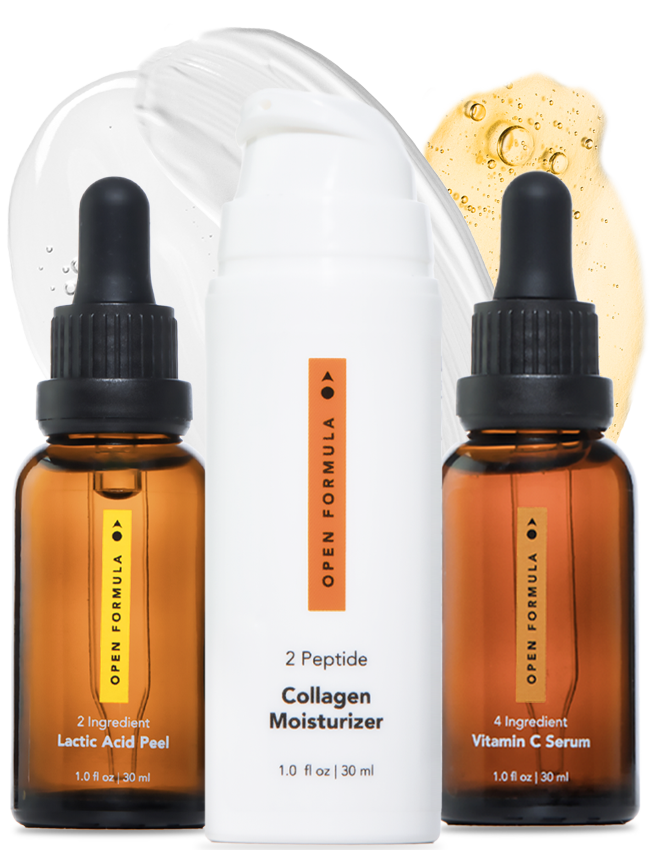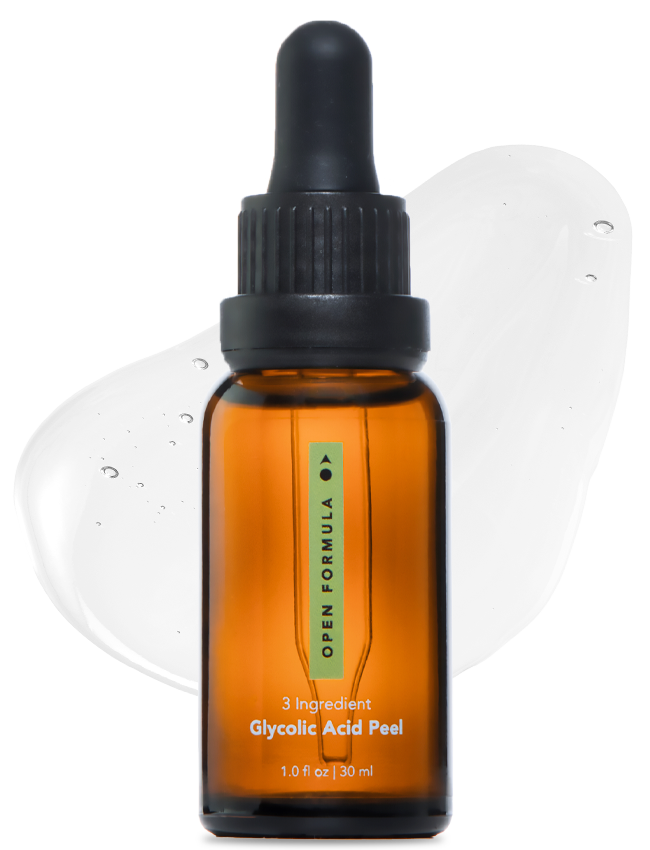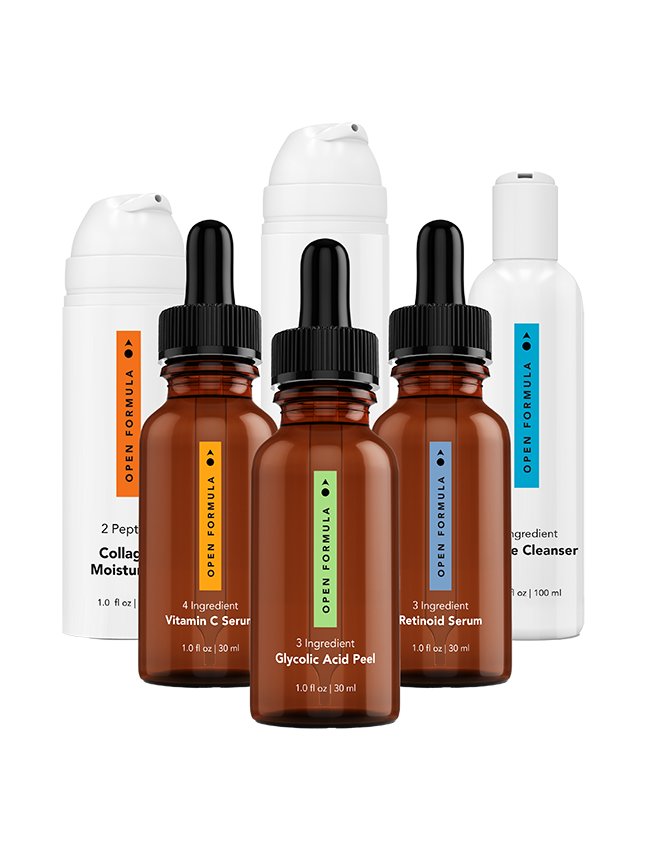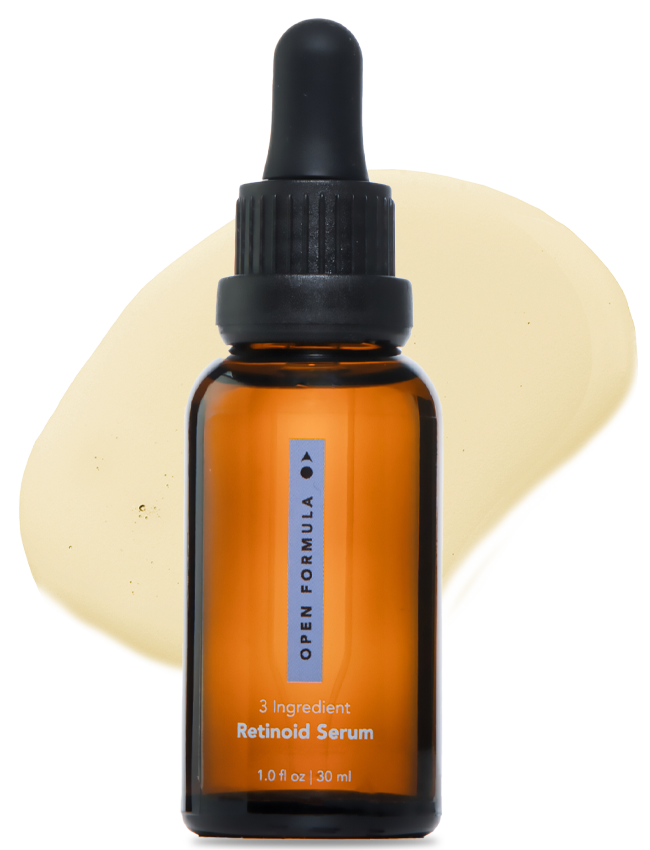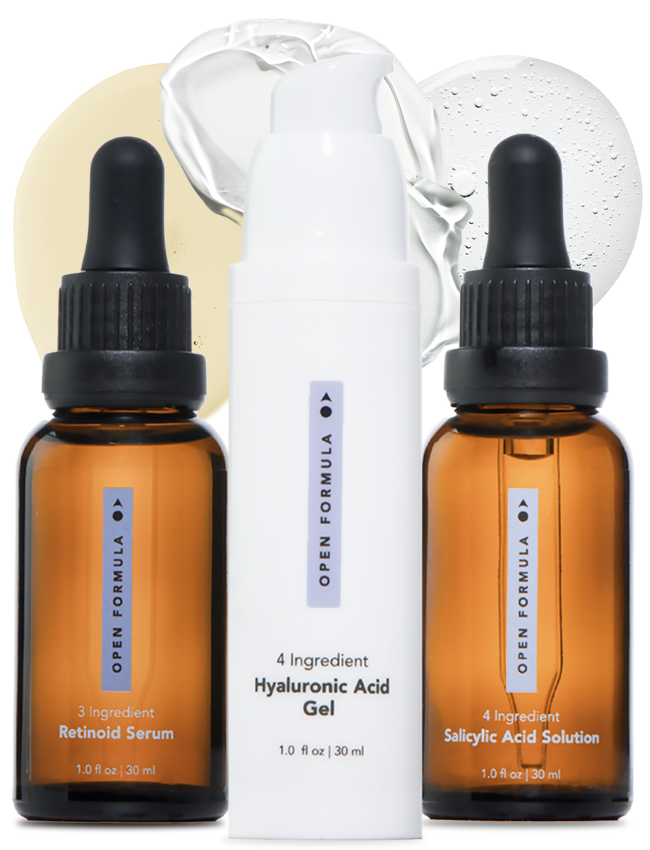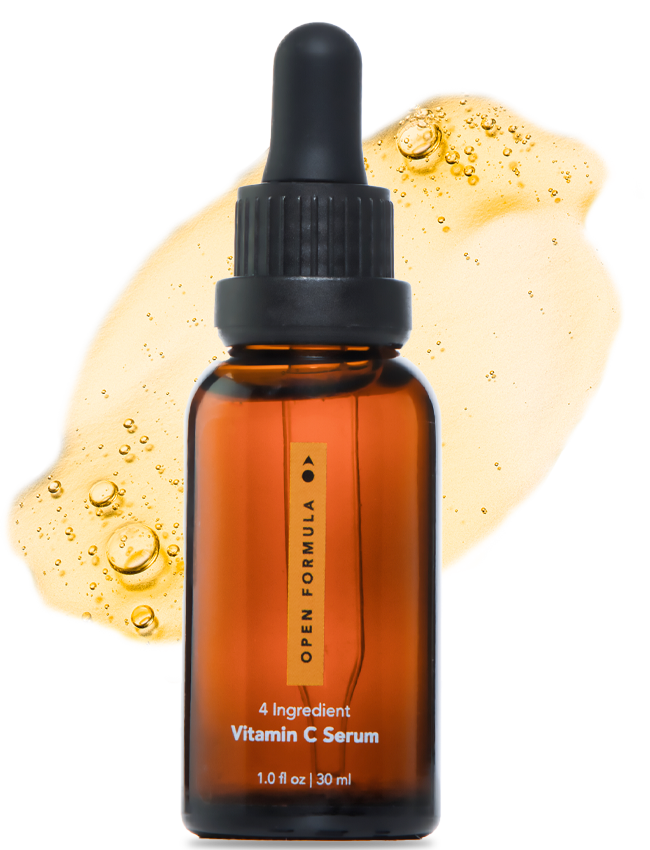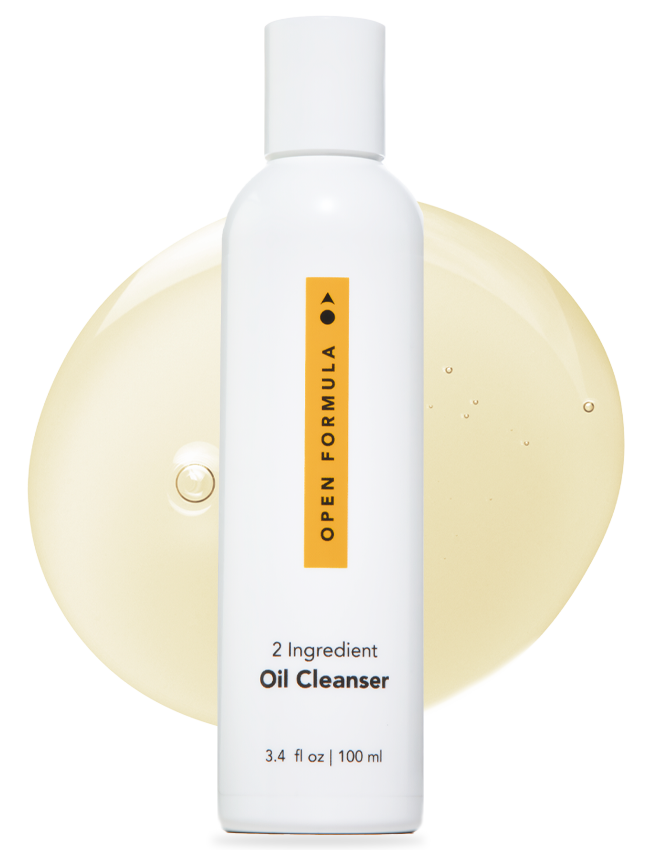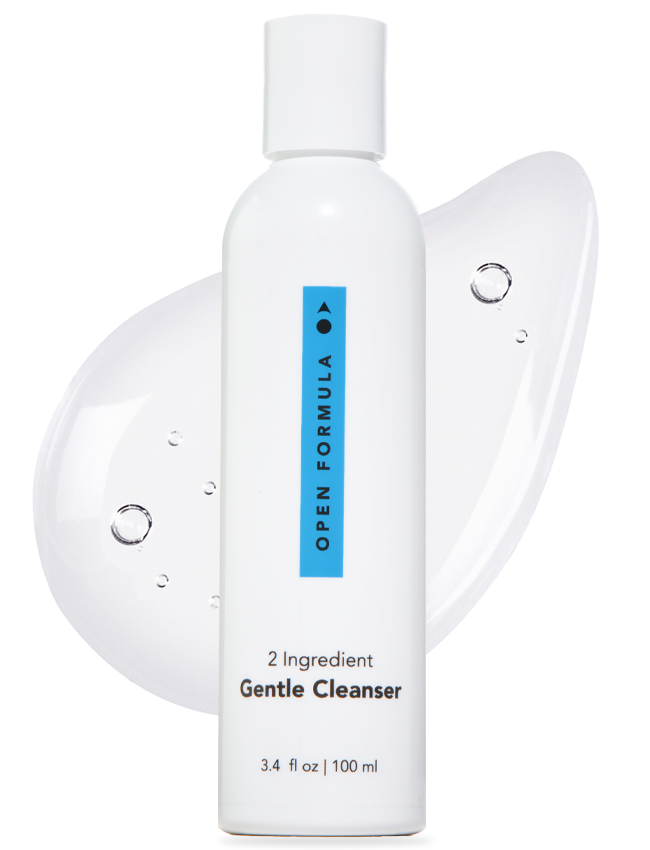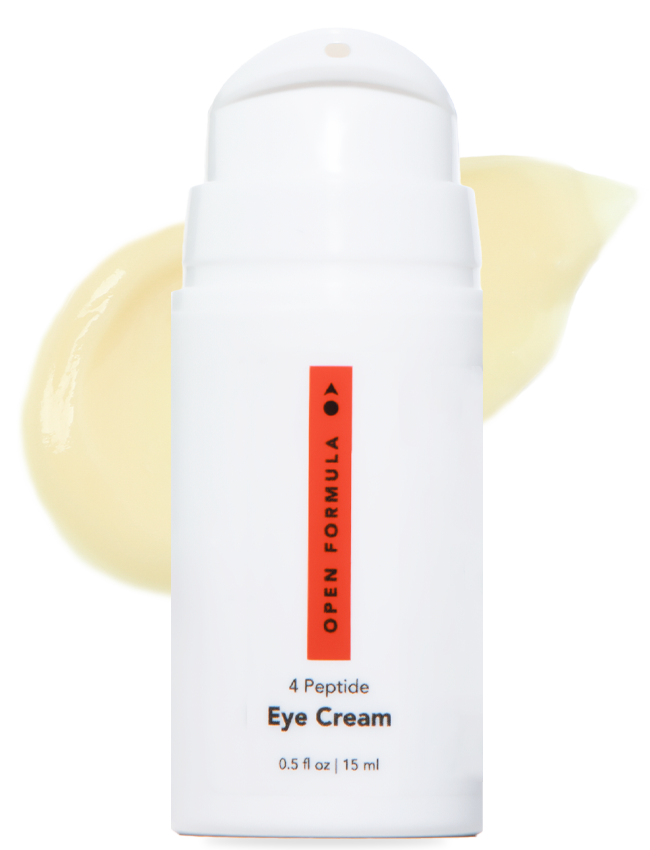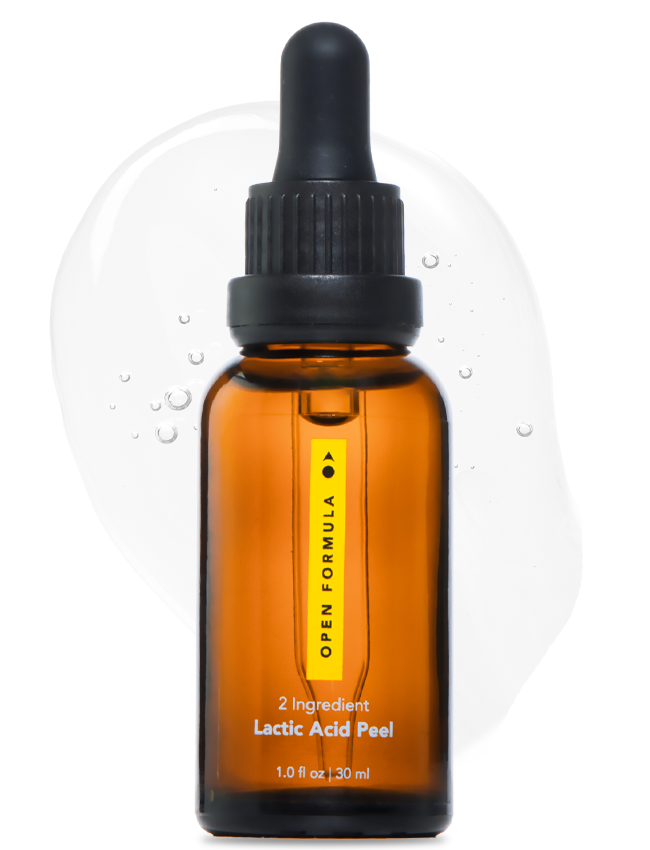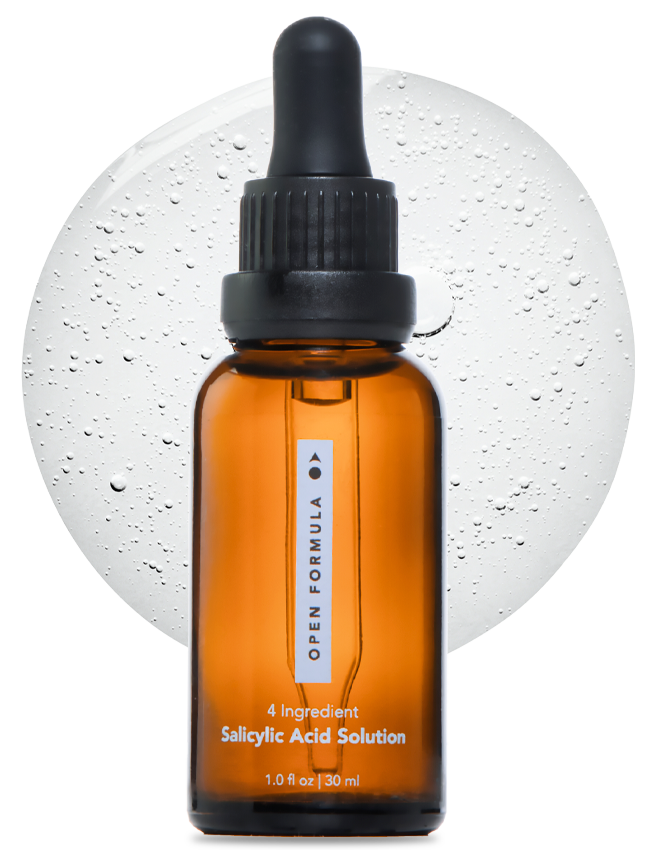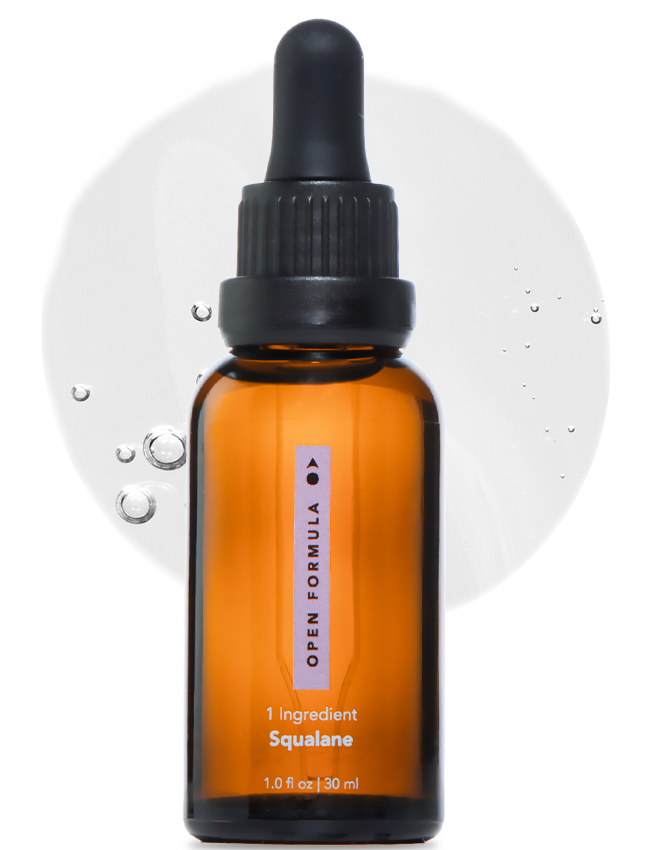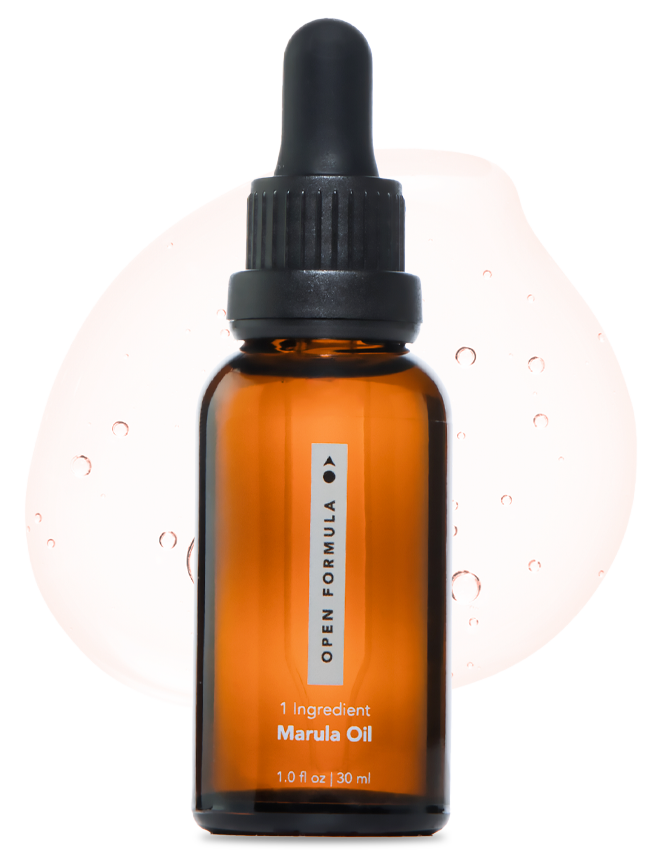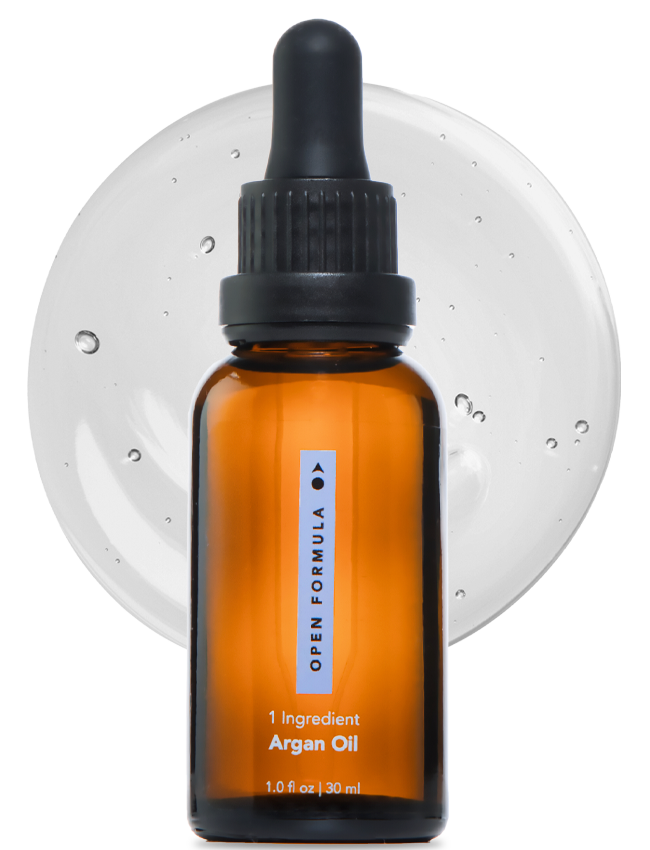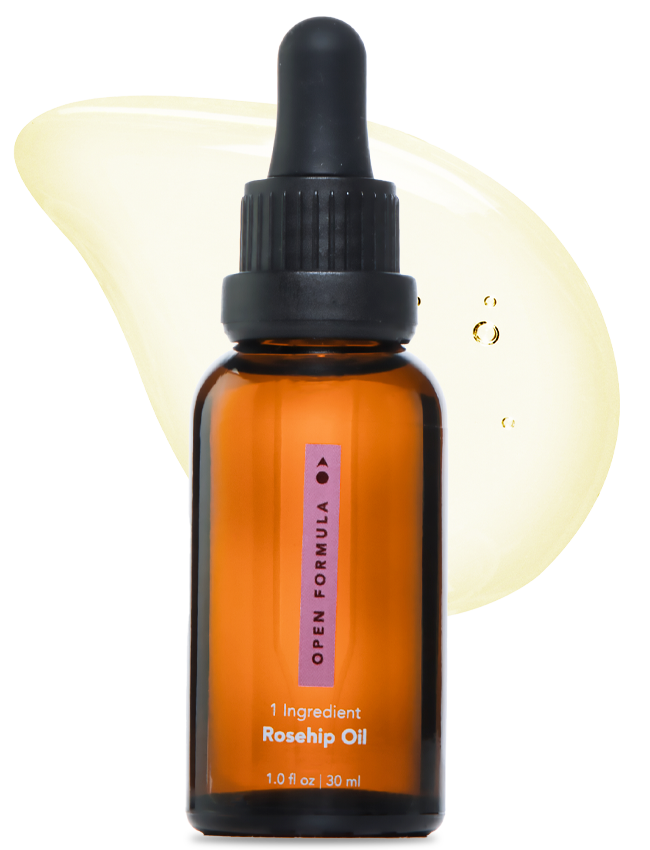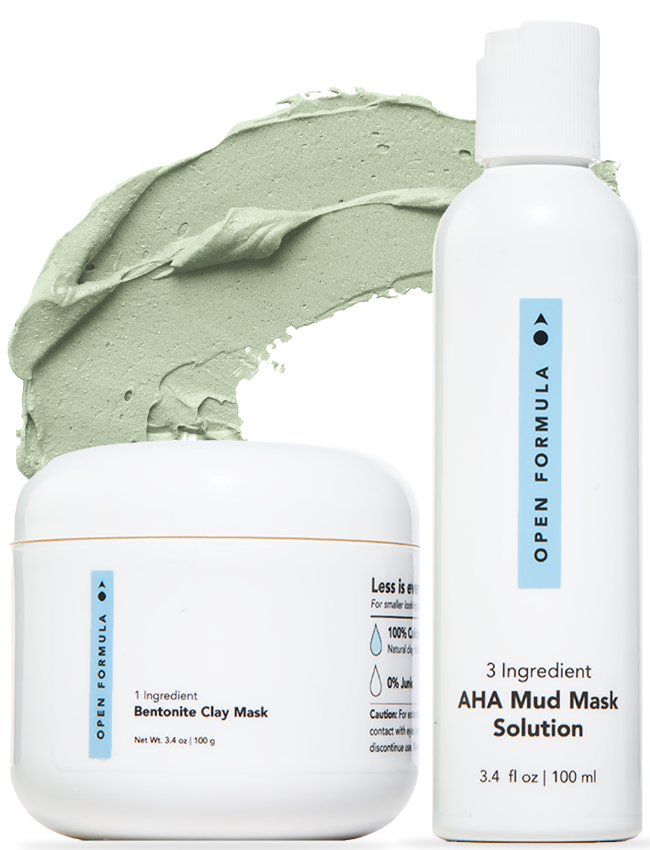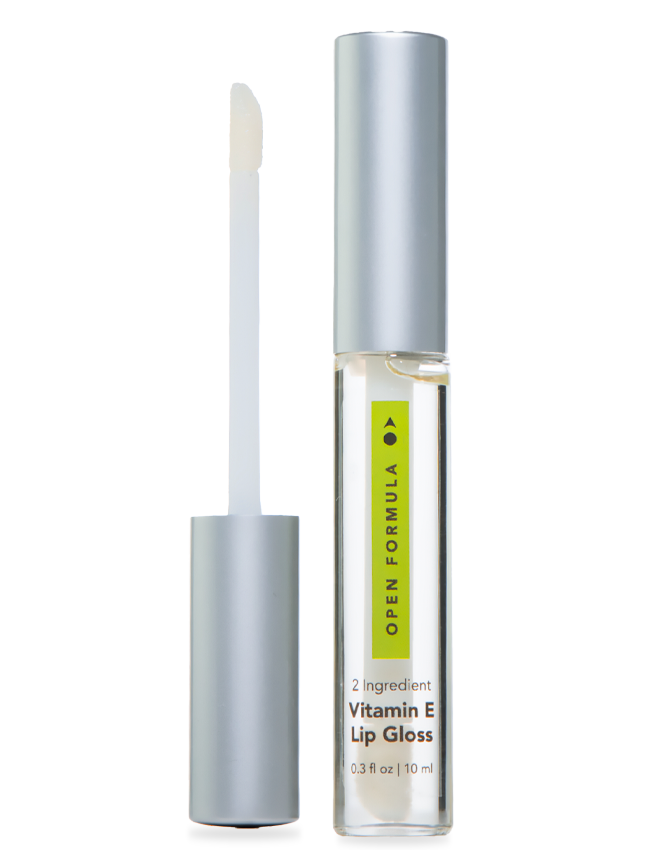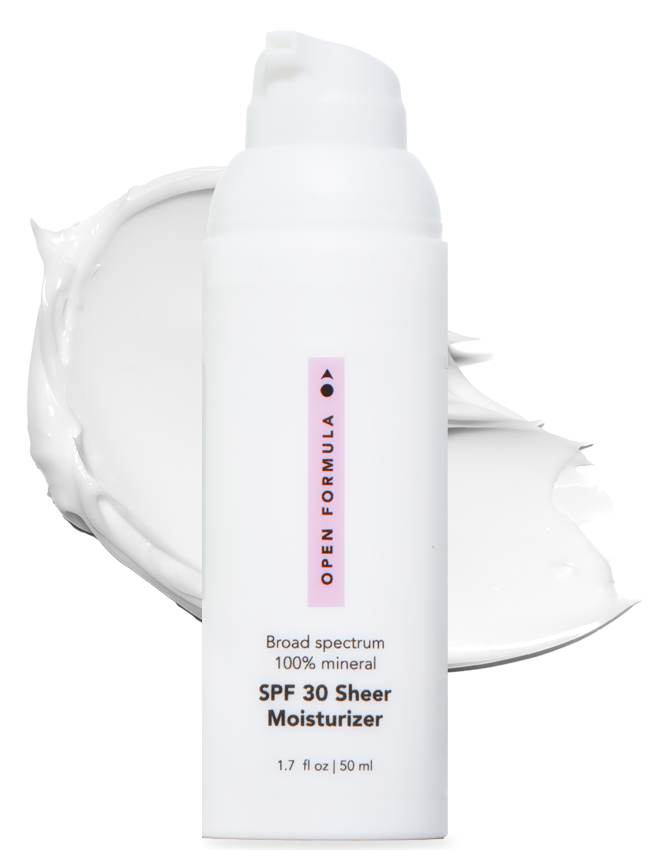If you’ve ever stared blankly at your skincare routine, wondering how to use it, don’t worry, you’re not alone.
That’s especially true if your skincare routine includes retinol and facial peels! These products are incredibly effective, and you don’t want to miss out on the benefits of using them in your skincare routine.
Using chemical peels and retinol in your skincare routine promises reduced wrinkles, tighter skin, and a youthful glow. But that’s only if you’re using them together the right way.
If you’re new to skincare and not sure how to use actives, here’s a guide to the best way to use exfoliating peels and retinol together for the best results.
Should I Use Both Retinol & Facial Peels?
Studies have found that the retinol and the active ingredients in facial peels both work incredibly well to increase collagen production, improve skin texture, and reduce the appearance of wrinkles.
These benefits are significantly boosted when both products are used in a skincare routine.
Studies have found that combining retinol and glycolic acid effectively reduces the look of photoaging in the skin. Photoaging means the process of premature wrinkling, splotchy skin tone, and visible loss of volume. It’s responsible for 80% of the visible signs of aging, making these skincare ingredients essential for revitalizing skin.
How to Use Facial Peels and Retinol Together
So, what’s the best way to use these two kinds of effective skincare products together? Here are the best dermatologist-approved tips for combining retinol and glycolic acid peels in your skincare routine.
1. Try the 4-Day Skin Cycle
This technique has been made famous on social media and online by Dr Whitney Bowe. Skin cycling simplifies how you use actives at night as part of your skincare routine. It’s a four-day process:
- Day 1: Facial Peel
- Day 2: Retinol
- Day 3: Repair
- Day 4: Repair
The rule of thumb with retinol and exfoliating peels is you don’t want to use them on the same night. To get the anti-aging benefits of both, you need to take advantage of how they work on the skin!
That’s why skin cycling starts on Day 1 with your facial peel. Starting with this skincare step ensures your skin gets all the collagen-stimulating benefits of exfoliants and smooths your skin in preparation for the next night: retinol.
Because any excess oils and dead skin cells were cleared away on Day 1, by Day 2, when it’s time for retinol, your skin is ready to make the most of this powerful ingredient.
Day 3 and Day 4 are the same and can seem a little boring. The truth is, they matter just as much as Days 1 & 2.
After two nights in a row of using pretty powerful anti-aging ingredients, your skin needs a break. This ensures you don’t over-exfoliate your skin, causing unnecessary irritation. The two-day break allows your skin to be ready for the next few days of treatment.
This simple skincare cycle is one of the best ways for skincare beginners to add actives to their skincare routines!
2. Don’t Forget to Wear Sunscreen
Another dermatologist-approved tip for adding retinol and facial peels to your sunscreen is adding a daily sunscreen to your routine. Studies have found that skin is more sensitive to ultraviolet rays after using facial peels and retinol.
Protecting your skin from the sun’s rays while it’s more vulnerable to them is critical! It stops wrinkles from deepening and really allows your skin to bounce back from photoaging.
There’s one more benefit to daily sunscreen use, even if you’re not at the stage where you’re using retinol and facial peels in your routine. It’s a simple fact that sunscreen works well to prevent photoaging.
3. Make Sure to Moisturize
One more critical tip for incorporating retinol and chemical peels in your skincare routine is not to forget to moisturize! Skin can undergo a small adjustment period with retinol and chemical peels that can look like extra flakiness for a short time.
This visible flakiness is a sign that your moisture barrier is being affected by the actives you’re using. Being sure to use moisturizer morning & night, no matter your skin type, can ward off this flakiness and make sure your skin stays glowing and fortified against premature wrinkles.
Retinol + Chemical Peels: The Bottom Line
This combination of products is a way to supercharge your anti-aging results. Both work well to reverse the look of sun damage, increase skin collagen levels, and reduce the look of wrinkles. Using retinol and facial peels in your skincare routine can be simplified with skin cycling, a method that divides your skincare routine into active nights and repair nights for the best results.

